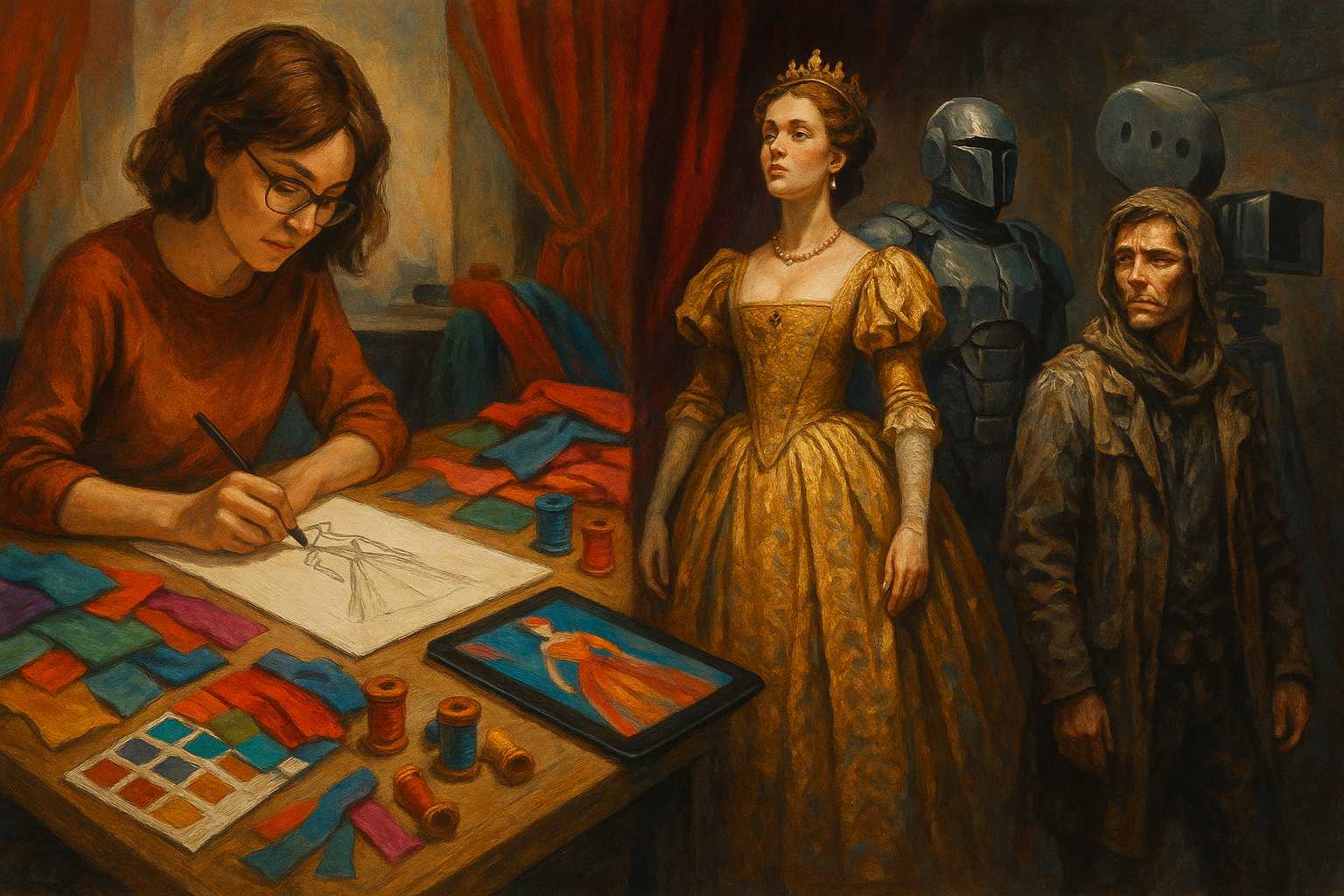In the world of arts and entertainment, costume design is a dazzling yet often underappreciated craft that breathes life and authenticity into characters. While special effects and set design frequently steal the spotlight, costumes quietly shape how we experience stories on both the big screen and the stage. As I’ve explored in previous articles about set design and soundtracks, behind-the-scenes artistry is crucial for compelling visual storytelling—and costume design is no exception.
The Language of Costumes
Every detail in a costume communicates something vital about a character’s personality, background, and journey. Whether it’s the majestic gowns in historical dramas or the weathered fabrics of a dystopian future, designers fuse research and creativity to transport audiences to another time or place. Meticulous choices in color, texture, and silhouette influence the mood, help delineate heroes from villains, and even highlight transformation arcs.
Pushing Boundaries of Imagination
Modern productions call for costume designers to push their imaginative limits, especially as technological advancements merge with traditional artistry. Digital tools now allow designers to visualize, edit, and even 3D print costume elements. This innovation is particularly visible in massive fantasy and science fiction franchises, where clothing must not only be stunning but also serve practical functions during demanding action sequences.
Costume as a Vital Storytelling Element
Ultimately, the power of costume design lies in its ability to help audiences instantly understand and immerse themselves in a story’s world. Next time you’re captivated by a performance, take a closer look at what the actors are wearing—chances are, those costumes are quietly guiding your imagination, ensuring every detail feels real and unforgettable.


Leave a Reply